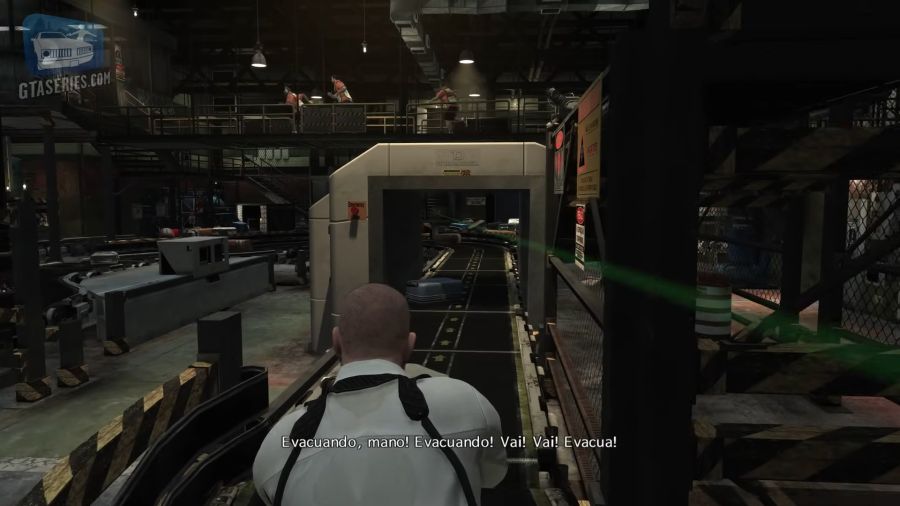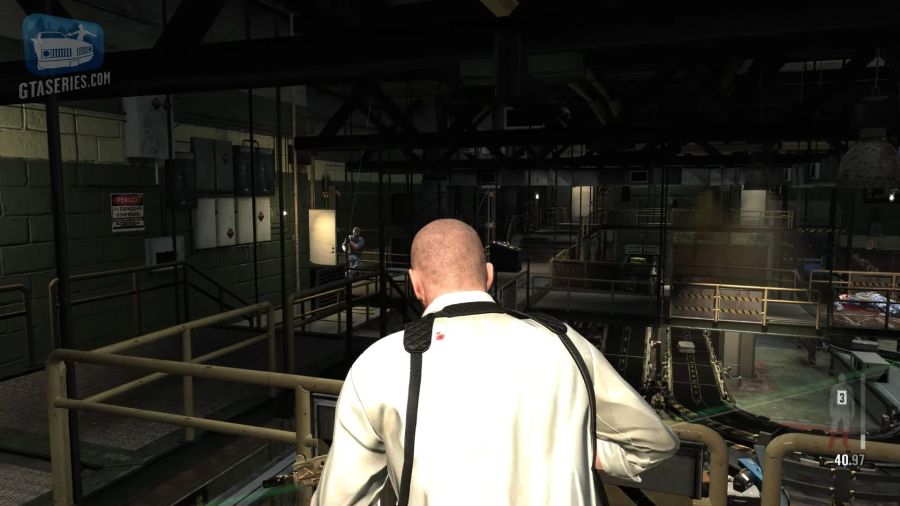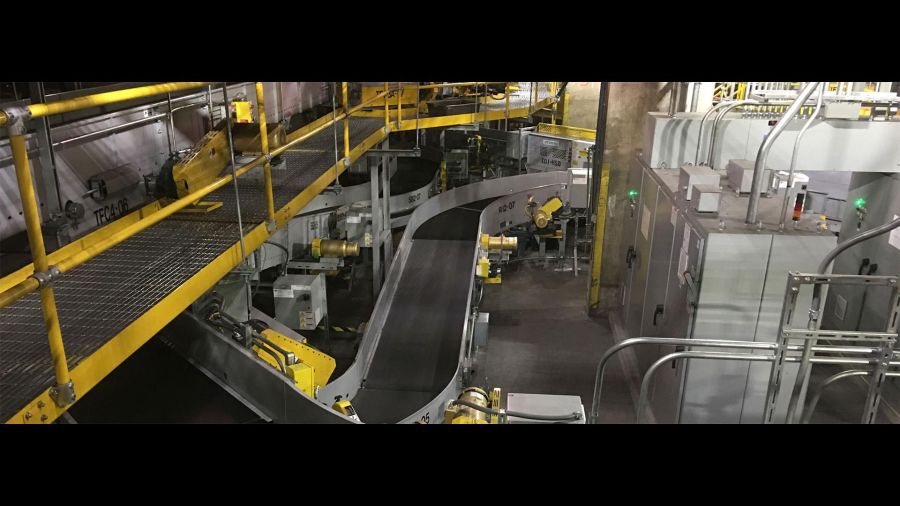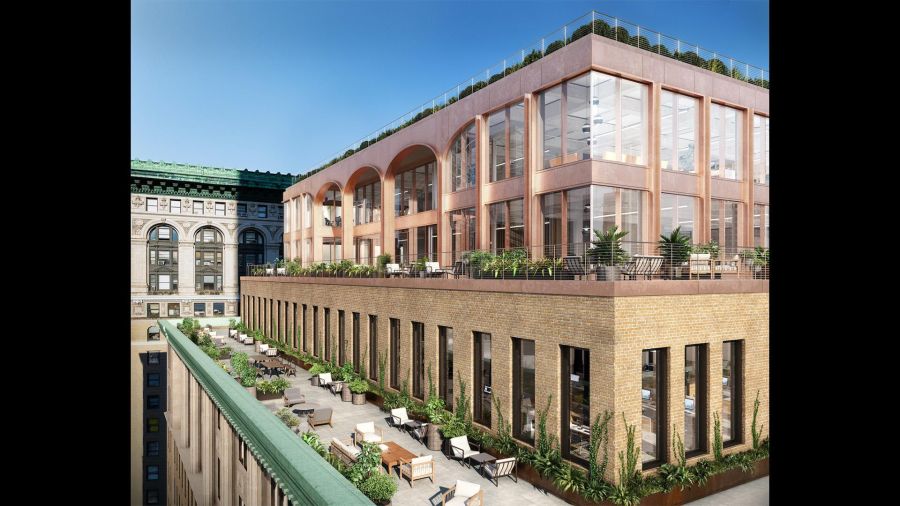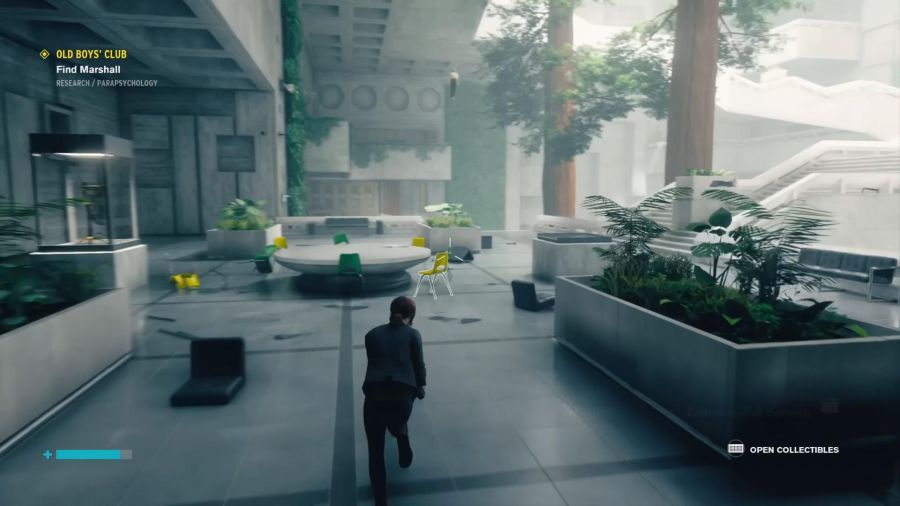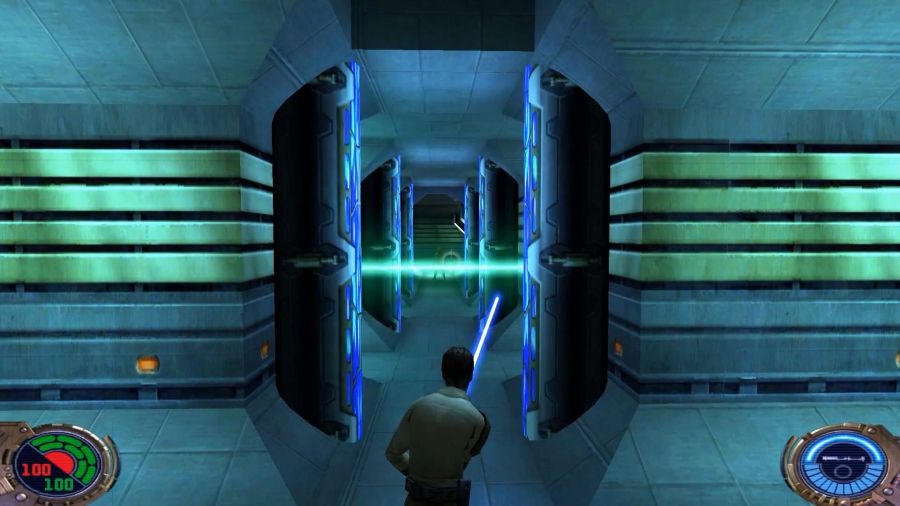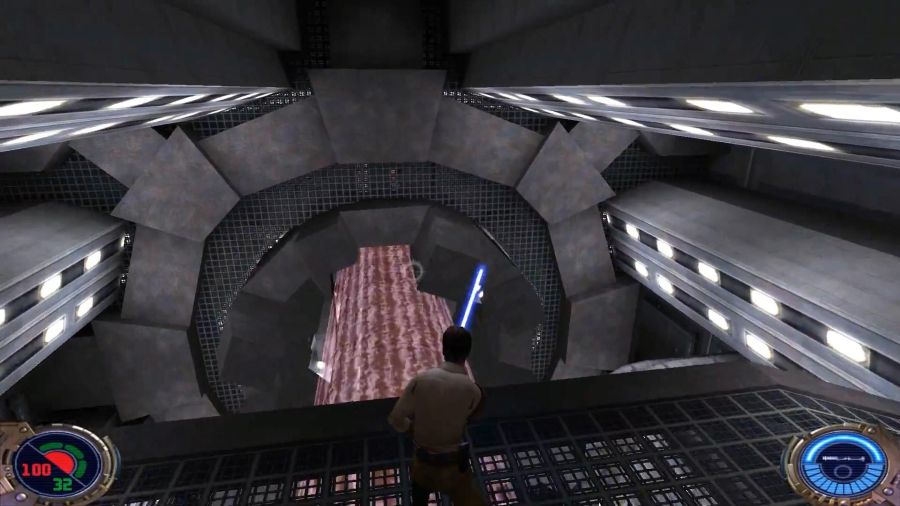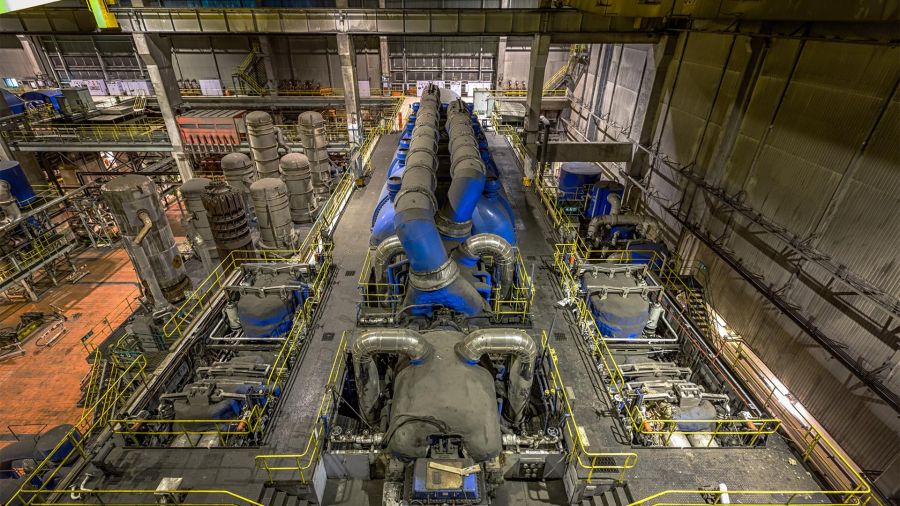Realistic vs. Fantasy
This is something that I had to deal, to understand better, over time. Some posts on forums are made by students of architecture who have difficulty designing a level and they may even have the degree in architecture. It would seem that people with a background in architecture would have a much easier time designing a level, wouldn't they? That's a false assumption that I came to realize over time. When one thinks about a home, what are the concerns about that home? I have no background in architecture or arts so you may take what I say with a grain of salt. The first concern is building a home which suits whoever is going to live there. That home is going to be a long term construction where one or more people are going to spend a huge part of their lives. A real world construction has concrete properties such as costs, space and location. And abstract and subjective properties such as comfort, dreams, feelings and emotions. A game's environment on the other hand doesn't exist in our world. It exists in a virtual world where some rules do not apply, such as obeying to real world engineering parameters that every construction in our world has to obey to.
I remember that Max Payne is one of the games that made me realize that games that rely on real world places such as Max Payne itself don't have to obey to our world's logic. Say that we want a home with two bedrooms, one kitchen, one living room, two bathrooms, one basement, one entrance door, one back door and maybe a cellar to store wine bottles. In the real world we are probably going to have one door to enter a bedroom and the same door to exit it. In a game world, however, we can have hidden doors for example. The walls and doors don't have to be arranged in the same way that they'd be in the real world. The gameplay comes first. If we are building a house in some first person shooter game, it can have an architecture that obeys to some or most of all rules of our world, but it has to serve a purpose in the game. The game has its own world, own laws and rules and they may or may not be exactly the same laws and rules of our world. In the case of a third person shooter we are forced to have a much higher ceiling because the camera wouldn't fit otherwise. The scale of things in a game mismatches that of our world because the game is not a perfect real world simulator, or at least that's not what I think that a game should be.
There is one key which is leaving room for the players to imagine. We don't have to show everything which is inside each building for example. The scale itself may not be a perfect match for reality. In Max Payne for instance. Buildings feel and look realistic, but whoever built them wasn't concerned about every pipe, cable and every floor of it. More often than not, a level represents one or two floors of a building, while the rest are never shown and never visited. They don't even exist within the game's world. If we were building an exact replica of a real world construction we would have to think on real life parameters, but within a game world all those real life parameters can be skipped. I think I read about this from Kevin Levine and J.K. Rowling about leaving room for the reader to fill in the gaps with their own imagination. I'm not a writer and can't offer advice here on how much to design and how much to imply.
I wish I could extend this discussion to philosophical terms, such as Abstract vs Concrete. Unfortunately I don't have such wisdom and it would be too much for this page. There is a concept called "verisimilitude" in philosophy, which basically means that something is similar to the truth. For the purposes of a game we can work with an easier word "believability" or "credibility". Which means that the game presents something in a believable or credible way. Our minds are able to recognize common shapes, colors, objects, humanoid shapes, etc and relying on this is what allows a level to be designed such that while it's not a replica of a real world location, it feels believable enough for us to not focus on the questions "How can an enemy be there if that room up there has no way in or out?" or "Is it right to have this here and not there?". Below I'm giving some practical examples of level design which blends in fiction with reality, presenting an environment that while may not be feasible in our world, serves its purpose within the game's world.
Curiosity: look up agnosia if you are curious. It's a very specific problem in the brain of some people which renders them unable to recognize common things in the world. For ex: there are people who are unable to recognize and identify faces, a condition called prosopagnosia. I've never researched the relationship between agnosia and art, which indirectly has relationships with design and art in games, but look up the story of Carlotta. An artist who is unable to recognize faces, including herself in the mirror.
Due to my comment about imagination, it's worth mentioning aphantasia. It's a condition which causes some people to be unable to visualize images in their minds. For ex: if a person with aphantasia close their eyes and try to get a mental image of the woods with animals and plants, or geometrical forms in the case of math, they just can't. I can't say for sure whether aphantasia relates to game design or not, but surely it'd be indirectly related and very hard to see the connection.
Max Payne 3
The last part takes place in an airport. The first combat takes place inside the zone where passenger's baggage are scanned and sorted. The conveyor belt there, the suspended walkways and the many baggage and airport baggage carts form a maze like place. In the real world it'd be much cleaner and brighter than it is in the game. Next, the player progresses through some service area with offices and ends in a bathroom, which leads to another terminal in the same airport. What airport in the world has a bathroom with one backdoor that leads to a private area, highly secured, where passengers would never be allowed into? It doesn't exist in the real world.
Max Payne 2
In this part the player investigates a luxury apartment building. In a real world building the apartments in each floor share the same area, unless the building's structure has larger and smaller apartments. When a building has a structure with apartments that all share the same total area we have a symmetry from the bottom to the uppermost apartment. We expect walls, pillars and each room to have the same position in each floor. That's not the case in Max Payne 2. The player jumps over some balconies but they aren't symmetrical in respect to different apartments from different floors. The player can notice that below and above there aren't other apartments with more balconies. The level wasn't made with symmetry in mind.
Control
If you think "Why would I place a table here? Why would the offices be placed here and not there, very far away from the main elevator? Why is the director's office connected to this corridor and this other corridor?". Those questions would make more sense in a real world building. However, we are in Control's own world. We don't have real persons working there. We have real players exploring an environment. We have AI controlled enemies and NPCs which do not have sentience or self awareness to the point of feeling anything or discussing anything about that world.
Jed Knight 2: Jedi Outcast
Cairn Reactor. From a real world standpoint this level isn't what the inside of a nuclear power plant would be. We would have rooms specific for monitoring temperature and other data. Bathrooms, storage rooms for nuclear waste, etc. We would never have corridors with deadly lasers that fire at regular times. Again, we are in the Jedi Knight game's world which operates in a game world logic. We aren't thinking on a real world building which wouldn't have obstacles to be traversed. Much less puzzles to be solved or secret areas to discover. The environment does feel hazardous as in a real world nuclear power plant, but at the same time it's designed around gameplay. Not around having to be an exact copy of a real world location.
How would I make a level like this one? I think that a starting point is a list of mechanics, challenges and obstacles that you'd want to use while keeping all ideas under the same theme. For ex: think in Indiana Jones, a level that is a ruined temple. The obstacles there would be rocks falling from the ceiling, pits with spikes under the floor, crushing ceiling, venom darts coming from holes on the walls, etc. From there I'd think in a level and how the obstacles would be placed. Look at the previous example of a nuclear reactor. If you take the floorplan of a real nuclear reactor and go watch a video of some documentary about nuclear reactors. It won't work very well because a real world nuclear power plant is not a game! In a game we have concerns about the gameplay. The real world nuclear reactor wasn't built with players in mind, but with people who work there and engineering concerns to generate energy in the best way possible. What can work is to think about the elements that are part of a real nuclear reactor such as pipes with hot steam, radioactive water pools, electricity, etc and think on ways to integrate such elements into a playable level in a game. That's the whole point of this article here. Reality vs. Fantasy.
Halo: Combat Evolved

At the end of the game the player drives a vehicle inside the spaceship. The level was designed to be a racing track with obstacles along the way. Completely disregarding the ship's exterior. From the perspective of a grown up designer this is illogical. However, from the perspective of the players at the time, it was fun. What I'm trying to say is that very often we have choices to be made and, sometimes, sticking to fantasy over reality is deliberate. I don't think there is an exact boundary between fantasy and reality and the worst thing that I'd find myself doing is to stick to one or the other in a religious sense, rejecting any other point of view that isn't that which I'm obeying to.
Rules do exist for a reason, but that doesn't mean that we can never question them.
